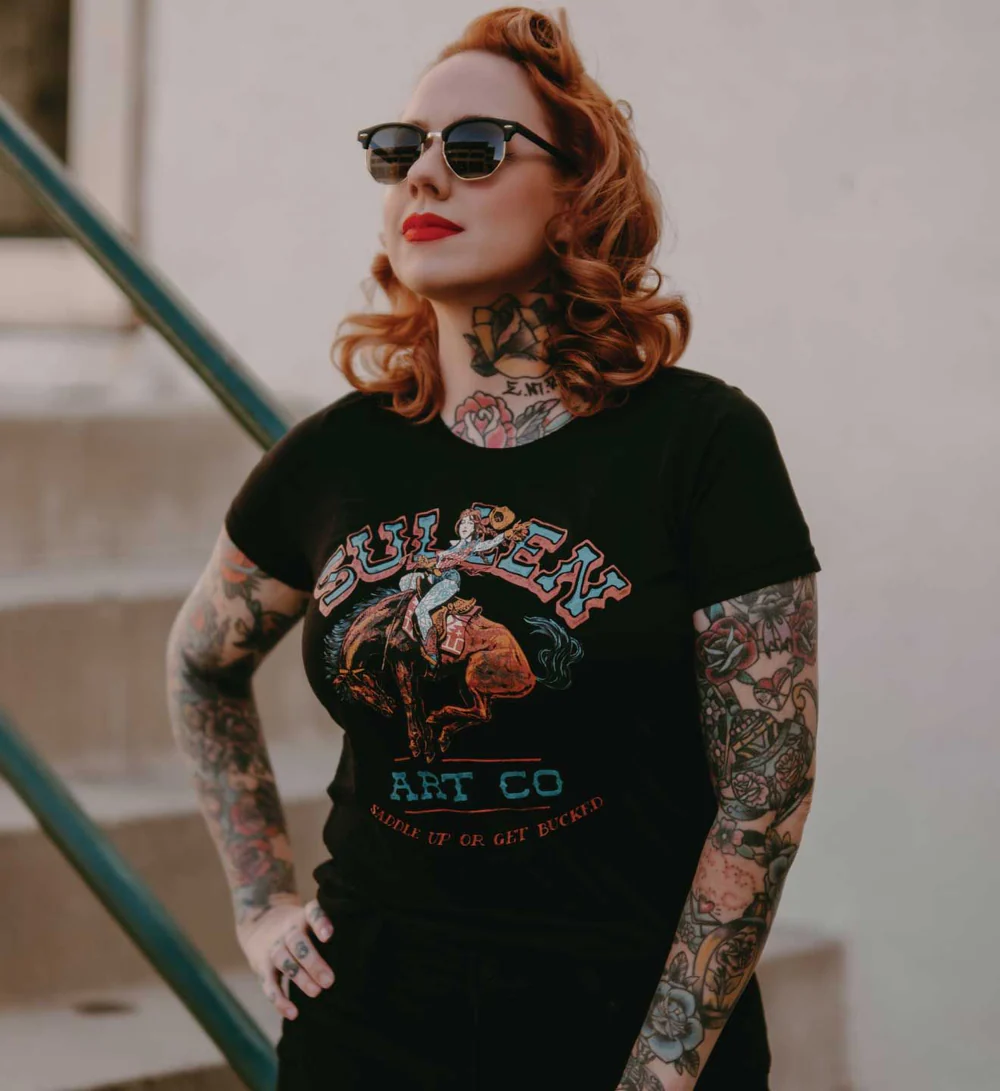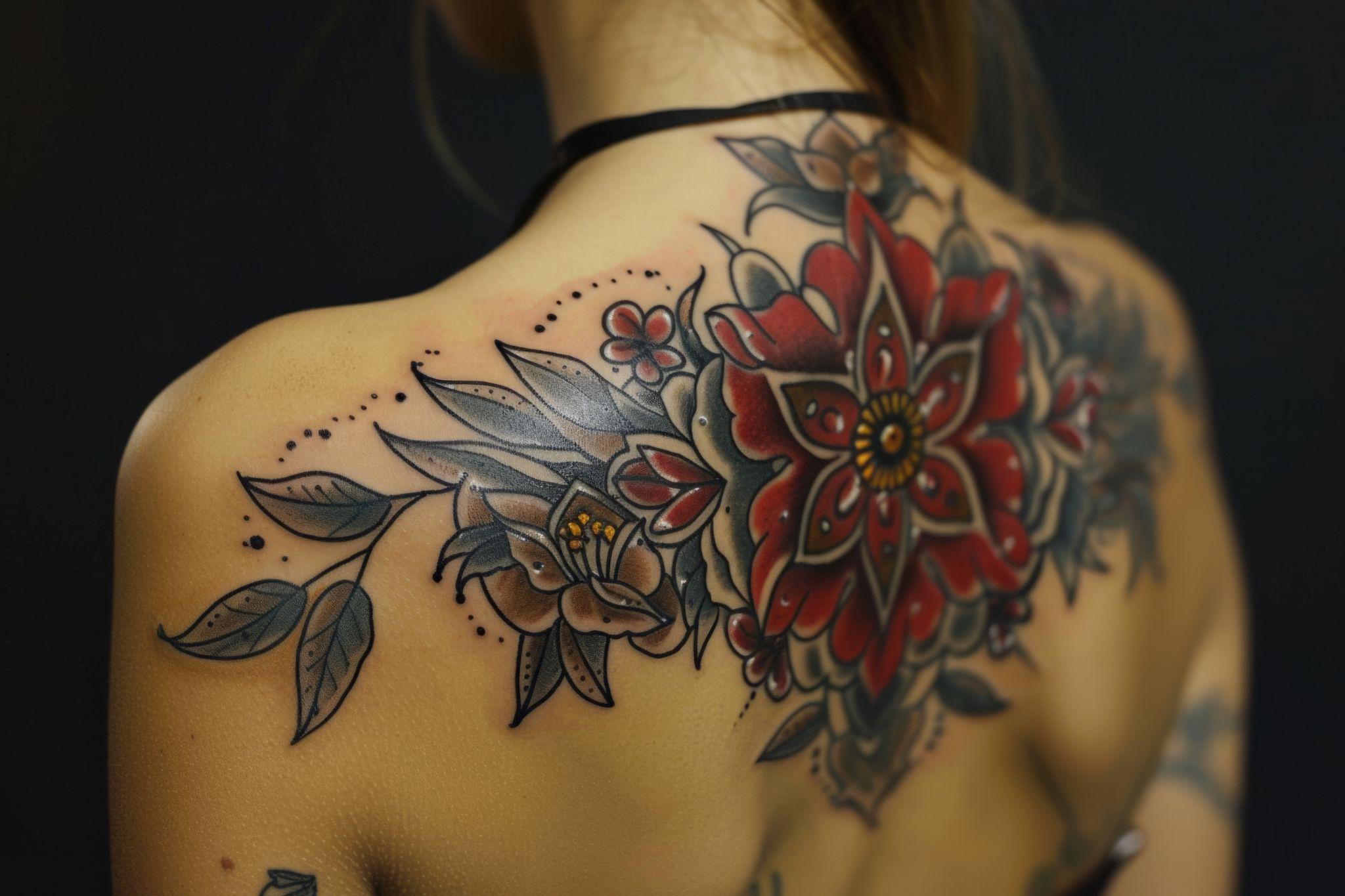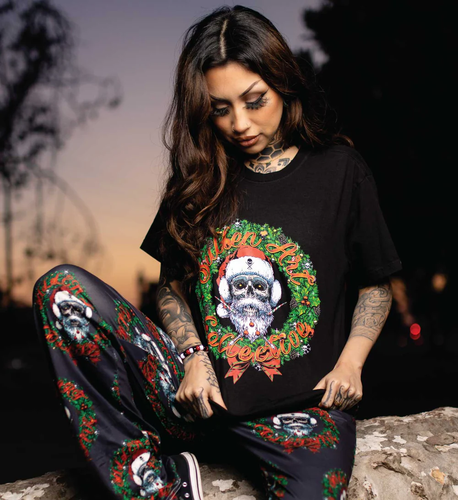
New School vs. Old School Tattoos: Key Differences
Tattoos are a timeless art form, evolving across cultures and decades. From traditional designs to bold, modern creations, tattoos reflect both personal stories and artistic innovation. Two popular tattoo styles, old school and new school, each bring unique characteristics and appeal to the tattoo world. Here's a breakdown of these styles and what sets them apart.
Defining "Old School" and "New School"

Old school tattoos, often referred to as traditional tattoos, generally refer to styles popular before the 1980s. These tattoos came into popularity in the early 20th century and were heavily influenced by sailors, military personnel, and early tattoo pioneers like Norman "Sailor Jerry" Collins. The style emphasized practical, durable designs that could be easily replicated using the tools and inks available at the time.
New school tattoos originated in the late 1980s and gained momentum through the 1990s and beyond. Advances in tattooing equipment, improved inks, and a growing acceptance of tattoos as an art form opened the door for more creative and intricate designs. The shift also reflected cultural changes, including the rise of pop culture, street art influences, and the tattoo industry's growing focus on artistry over tradition.
Key Differences Between Old and New School Tattoos
While both old school and new school tattoo styles share a passion for inked expression, their differences lie in their artistic approach, technique, and cultural influences.
Design Elements
Old school tattoos focus on iconic, straightforward designs. Nautical stars, roses, and swallows are common motifs, each rich with symbolic meaning. These designs are created to be visually striking yet simple enough to retain their clarity over time.
In contrast, new school tattoos prioritize bold creativity and experimentation. These designs often include fantastical imagery, exaggerated proportions, and highly detailed elements. Themes can range from whimsical cartoons to futuristic landscapes, offering endless creative possibilities.
Color Palette
Traditional tattoos use a limited color palette, sticking to red, green, yellow, black, and sometimes blue. This restrained approach ensures longevity, as these colors tend to hold up well over time.
New school style tattoos explode with a rainbow of saturated, bright colors. Artists use advanced ink techniques to create gradients, highlights, and shadows, resulting in eye-catching, three-dimensional designs.
Line Work
Bold, clean lines define old school tattoos. The black outlines serve both aesthetic and practical purposes, helping the design maintain its integrity even as the tattoo ages.
New school tattoo designs often feature a mix of thick and thin lines, emphasizing depth and movement. The line work in this style can feel more fluid and dynamic, reflecting the playful energy of new school art.
Subject Matter

Old school tattoos often carry nautical and military themes, reflecting their historical origins among sailors and soldiers. Common symbols include anchors, hearts, daggers, and banners with timeless slogans.
New school tattoos break away from these conventions, embracing more diverse and imaginative themes. From sci-fi creatures to abstract shapes, there are no limits to the subjects that can inspire new school designs.
Cultural Influence
Old school tattoos are steeped in tradition and history, with a focus on honoring the past. They often serve as tributes to loved ones or milestones, emphasizing personal connection and nostalgia.
New school tattoos, on the other hand, tend to represent a more modern, boundary-pushing mindset. They often celebrate individuality, pop culture, and humor, reflecting the dynamic, fast-paced world of contemporary art.
Artistic Freedom
Old school tattoos are created within a structured framework, relying on time-tested designs that prioritize simplicity and practicality. The artistry is in maintaining consistency and honoring tradition.
New school tattoos thrive on artistic freedom, allowing tattoo artists to merge influences from various artistic disciplines. Whether borrowing techniques from graffiti, surrealism, or digital art, new school designs reflect the limitless potential of modern creativity.
Placement and Scale
Old school tattoos are typically smaller designs that fit well in specific placements on the arms, legs, back, or chest. They are often designed to be standalone pieces or part of a larger collection built over time.
New school tattoos are often much larger and more freely placed, flowing naturally across multiple regions to create cohesive works of art. This allows for bold statements, using the entire body as a canvas.
Celebrate Any Style of Tattoo Art with Ink-Inspired Fashions

Whether you prefer old school or new school, our selection of tattoo-inspired clothing is perfect for appreciating it. From bold graphic tees to stylish accessories, our designs let you showcase your love for tattoo artistry in your everyday look. Shop our unique collections today to highlight your body art and celebrate your favorite new school and old school tattoo styles.












